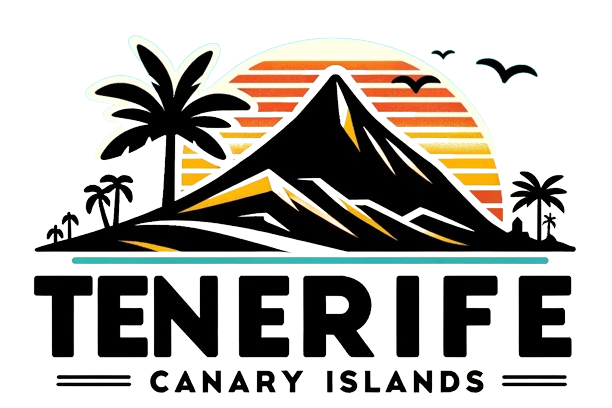Another Earthquake Recorded Off the Southeast Coast of Tenerife
The National Geographic Institute (IGN) has detected another small earthquake off the southeastern coast of Fasnia, Tenerife, yesterday afternoon (Wednesday) at around 5:00pm. This tremor is part of a series of seismic events that have been occurring in the region, raising awareness among residents and visitors alike.
The tremor registered a magnitude of 2.0 on the Richter scale at a depth of 28 kilometres. According to IGN data, this is one of several light seismic events recorded in the area in recent days, indicating a pattern of low-magnitude earthquakes that have been frequenting the region.
Although the quake was barely perceptible to residents, it adds to an ongoing series of low-magnitude tremors that have been concentrated along the eastern coast of Tenerife and the Inmedio channel between Tenerife and Gran Canaria. Such seismic activity is not uncommon in this geologically active region, which is known for its dynamic earth movements.
Recent Seismic Activity
In recent weeks, experts have logged dozens of earthquakes ranging between 1.0 and 3.0 magnitude in the region. The IGN confirmed that the series near Fasnia and Arico, with more than 55 quakes recorded since last Thursday, is “unusual in its persistence” but not related to magmatic activity. This distinction is crucial, as it helps to alleviate concerns about potential volcanic activity.
“The area between both islands remains seismically active throughout the year,” explained Itahiza Domínguez, director of the IGN in the Canary Islands. “We typically record between 400 and 500 quakes annually, and not all of them are directly connected.” This statement underscores the natural seismicity of the region, which is influenced by various geological factors.
Experts have been closely monitoring the seismic events, and while the frequency of these tremors may seem alarming, they are generally considered to be part of the normal geological processes that occur in the Canary Islands. The region’s unique geological makeup contributes to its seismic activity, which is a natural phenomenon.
Public Safety and Awareness
While the recent seismic activity has drawn public attention, scientists emphasise that these minor tremors are common in the archipelago and, at this stage, pose no risk to residents or visitors. The local authorities are continuously monitoring the earthquakes and keeping the public informed about the situation. It is important for the residents to be aware of natural phenomena, but experts urge calm as the current situation does not indicate an escalation or dangerous events.
The seismic activity around Tenerife is thus part of the island’s natural geological processes, which do not significantly affect the daily lives of the local population. Residents are encouraged to stay informed and prepared, but there is no immediate cause for alarm. The authorities are committed to ensuring public safety and providing timely updates regarding any changes in seismic activity.
In addition to monitoring the earthquakes, local authorities are also engaging in public education efforts to help residents understand the nature of these tremors. By fostering awareness and preparedness, they aim to mitigate any potential anxiety that may arise from the seismic events. This proactive approach is essential in maintaining public confidence and ensuring that the community remains resilient in the face of natural occurrences.
Key Points
- The IGN detected a 2.0 magnitude earthquake off Fasnia, Tenerife, on Wednesday at 5:00pm.
- The tremor occurred at a depth of 28 kilometres.
- Over 55 earthquakes have been recorded near Fasnia and Arico since last Thursday.
- Seismic activity in the region is not related to magmatic activity.
- Experts typically record between 400 and 500 earthquakes annually in the area.
- Minor tremors are common and pose no risk to residents or visitors.
